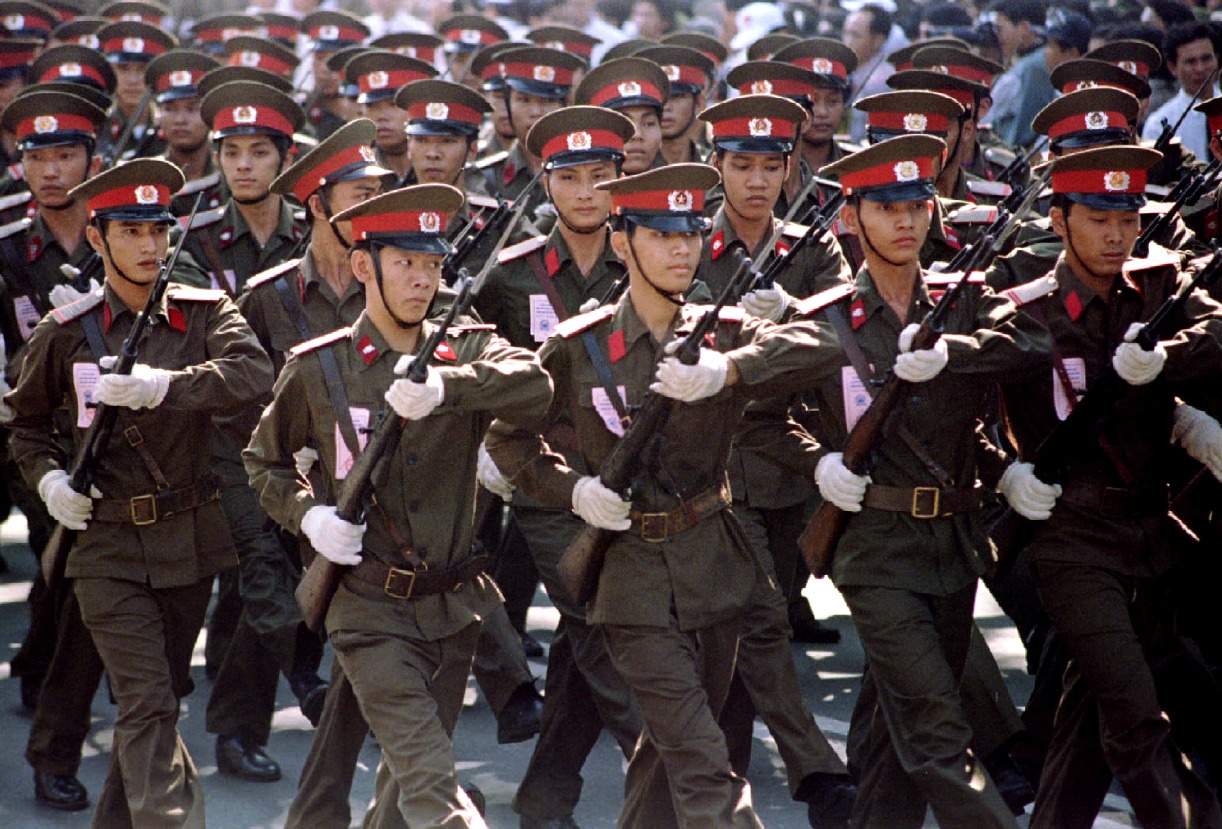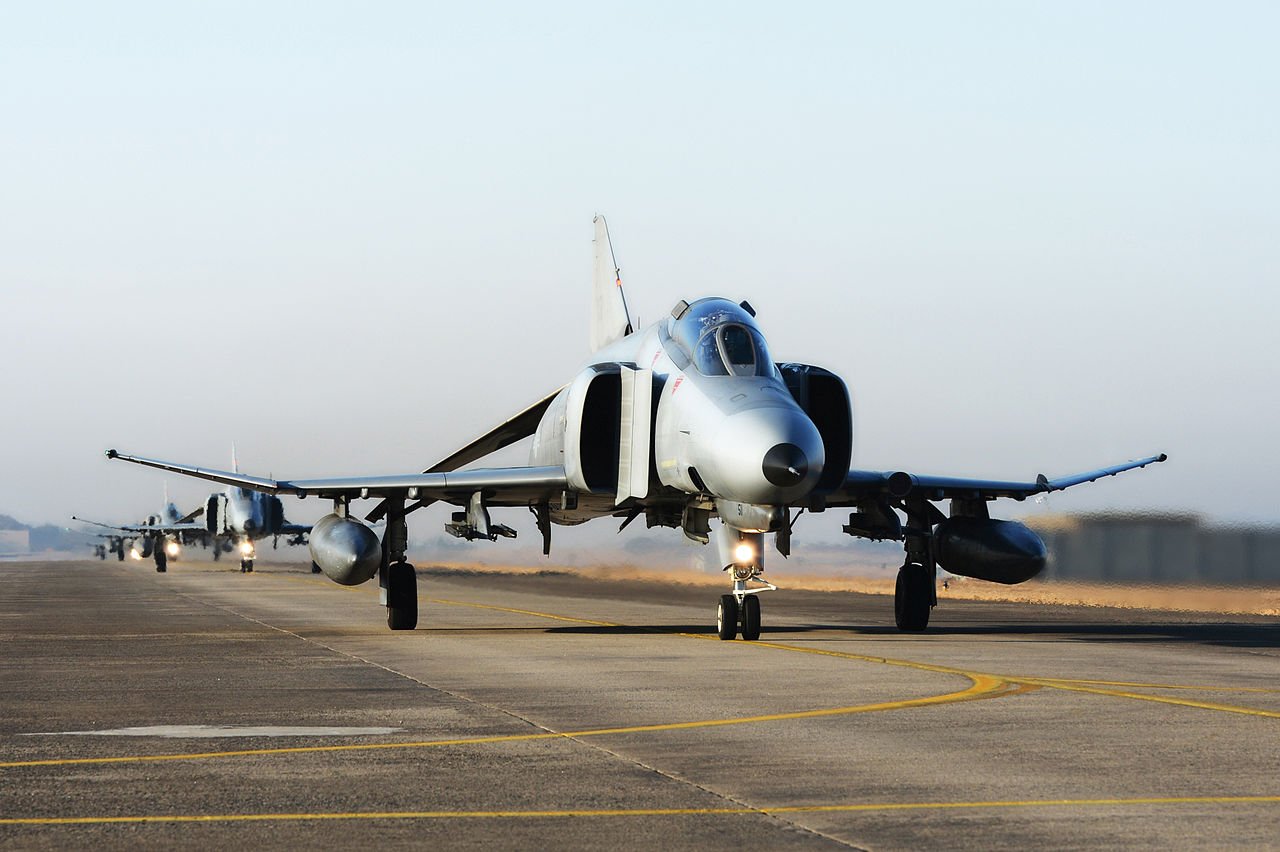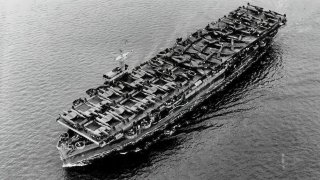The Sad Story of How Viet Cong Commandos 'Sank' an 'Aircraft Carrier'
The sinking of the USNS Card was a stunning victory for the Viet Cong and demonstrated the dangers of a low-tech enemy combatant.
In the 1960s, the USNS Card (T-AKV-40) - an old World War II escort aircraft carrier performing supply-carrying duties at the time - was sunk after 180 pounds of explosives detonated at the ship’s hull.

This tragic event represents the last time an American aircraft carrier was sunk by enemy forces - although the vessel was no longer being used as such.
In the early morning on May 2, 1964, two Viet Cong commandos emerged from a sewer tunnel in Saigon Port carrying 90 pounds of high explosives each plus the components required to make two time bombs.
The sinking of the Card was a stunning victory for the Viet Cong and demonstrated the dangers of a low-tech enemy combatant.
How the 'Aircraft Carrier' Was Attacked
During the mid-1960s, the Port of Saigon was a civilian port under the control of the Republic of Vietnam’s governmental port authority.
One of the civilian Vietnamese stevedores that was tasked with loading and unloading cargo onto the port in late April 1964 was Lam Son Nao.
When Nao learned that the Card would be pulling into the port the following week, he sprang into action, describing his though process In an interview for the U.S. Naval Institute years later:
“When I found out that the USS Card was coming up the river—this was a ship which was carrying all kinds of airplanes to the country in order, to kill the Vietnamese—people I got extremely mad. But I was able to turn my anger into action when I was given the job of trying to blow the ship up in order to give support to the political struggles of the city population.”

According to Nao, his job as a revolution-educated Vietnamese was to collect intelligence on anything related to the American military, including ships and storage facilities. One year prior to the Card explosion, Nao attempted to blow up another U.S. vessel, the USNS Core. Although the attack on the ship failed to materialize, Nao was experienced in commando activity.
Nao and his partner successfully bribed port officers on the morning of May 2, 1964, which allowed the mission to continue. Carrying one mine comprised of 80 kilos of TNT and other comprised with 8 kilos of C-4 explosives, the pair was prepared to sink the U.S. ship. At roughly three o’clock in the morning, the mines detonated on the Card’s hull. Although evacuations and salvage operations began immediately post-explosion, the hefty carrier sunk stern-first into the harbor bottom. The security at the Port of Saigon was enhanced following the attack.
Introducing the USNS Card
The USNS Card was acquired by the U.S. Navy in 1942 as a Bogue-class escort carrier.
All 45 Bogue-class ships were derived from the Maritime Commission’s Type C3 cargo ships hill and constructed by the Seattle-Tacoma Shipbuilding Corporation.

These large vessels could carry up to two dozen anti-submarine or fighter airframes, which could be combination of the Grumman Avenger, Wildcat or Vought F4U Corsair.
The attack on the Card stressed the vulnerability of U.S. warships.
Although naval vessels are resilient and capable of overcoming some serious battle damage, they are not invincible.
About the Author
Maya Carlin is an analyst with the Center for Security Policy and a former Anna Sobol Levy Fellow at IDC Herzliya in Israel. She has by-lines in many publications, including The National Interest, Jerusalem Post, and Times of Israel. You can follow her on Twitter: @MayaCarlin.


